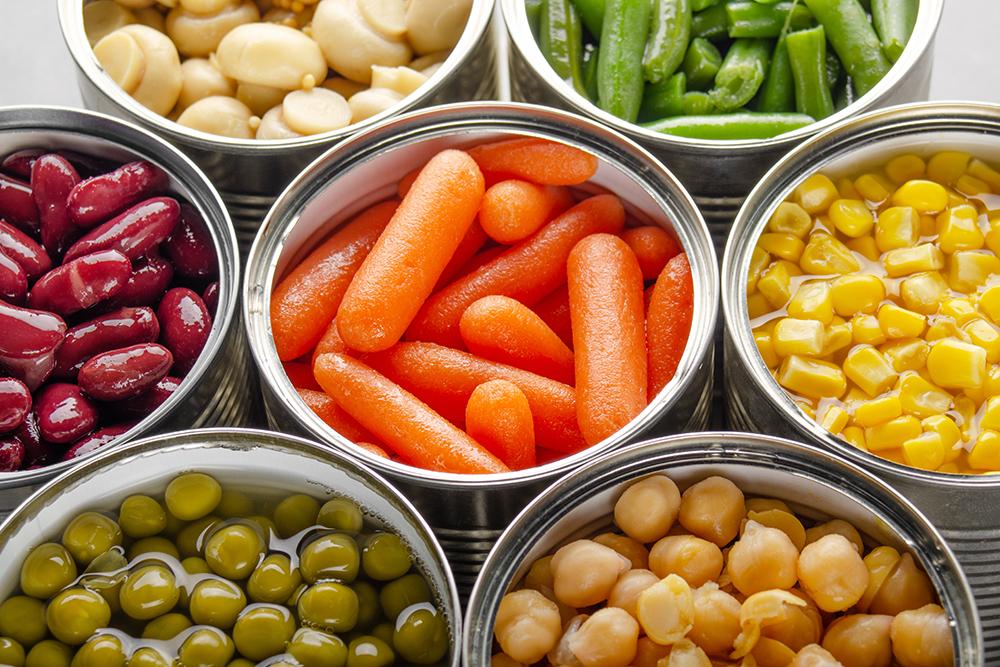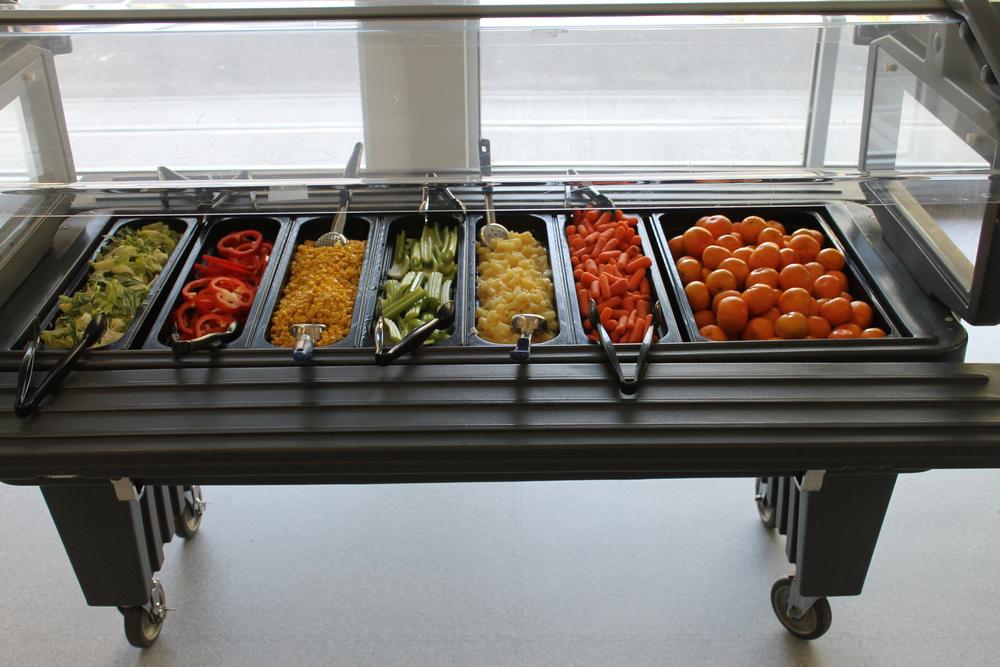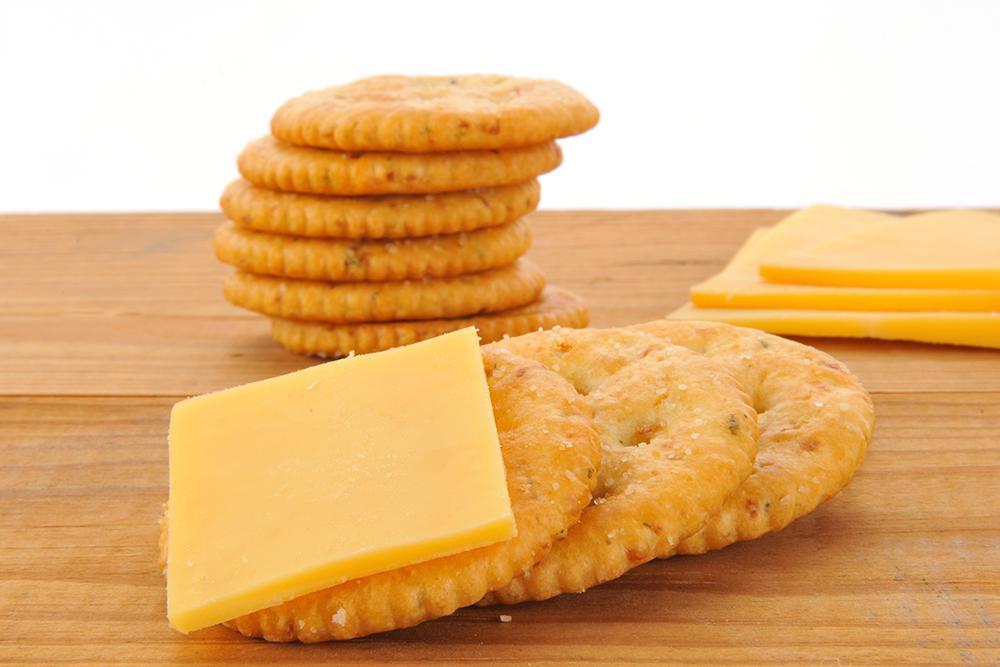 Busy lives for caregivers and athletes can make healthy meal prep seem impossible. But it is possible to add more whole foods to breakfast, lunch, and dinner—and skip the fast-food stops after practice—with a bit of meal prep and some simple changes to avoid a fridge full of rotted veggies every week.
Busy lives for caregivers and athletes can make healthy meal prep seem impossible. But it is possible to add more whole foods to breakfast, lunch, and dinner—and skip the fast-food stops after practice—with a bit of meal prep and some simple changes to avoid a fridge full of rotted veggies every week.
Here, TrueSport Expert Kristen Ziesmer, a registered dietitian and board-certified specialist in sports dietetics, offers some simple tips to make whole foods part of your everyday life, no matter your budget or time limitations.
Keep it simple
Often, we overcomplicate the idea of eating more whole foods, says Ziesmer. But it doesn’t have to be fancy! For example, breakfast can be overnight oats with honey, nuts, and berries, paired with hard-boiled eggs. Lunch can be leftovers from dinner the night before wrapped in a whole grain burrito wrap. And dinner can be as simple as a rice bowl with vegetables and chicken. These meals can all be prepped ahead of time and put together in minutes.
Meal planning on a weekly basis
“Life gets busy,” says Ziesmer. “But if you take the time to meal prep on a weekly basis by making a plan for each meal and preparing some elements, you won’t need to stop for fast food.” Simple and quick activities like roasting a big tray of vegetables, shredding cooked chicken, boiling rice, chopping fresh fruit and vegetables, hard-boiling eggs, and making overnight steel cut oats can all be done ahead of time and will make putting meals together during the week much easier.
Triple up your healthy meals when you cook
“When you make dinner, it’s so much cheaper and easier to double or triple the recipe, and throw the leftovers in the fridge or freezer so you can use them for another meal or two,” says Ziesmer. “For example, when I grill chicken or pork tenderloin, I do a big batch so I’m buying in bulk, and then I slice up the extra and store it in the freezer to use later.”
Redefine whole foods
 Canned and frozen vegetables often get ignored in the ‘whole food’ conversation, says Ziesmer. But assuming the vegetables or fruits are frozen or canned with no added ingredients, they’re actually a great way to easily incorporate whole foods if you’re a busy caregiver who too often ends up with rotting vegetables in the refrigerator. “I would definitely stock up on things like frozen vegetables and frozen fruits when they’re on sale,” she says.
Canned and frozen vegetables often get ignored in the ‘whole food’ conversation, says Ziesmer. But assuming the vegetables or fruits are frozen or canned with no added ingredients, they’re actually a great way to easily incorporate whole foods if you’re a busy caregiver who too often ends up with rotting vegetables in the refrigerator. “I would definitely stock up on things like frozen vegetables and frozen fruits when they’re on sale,” she says.
Don’t dismiss prepackaged foods
“There are a lot of prepackaged foods that are actually good for you and can give you the components that you need for a great meal,” Ziesmer says. “You can get a container of broth, pre-cooked chicken strips, pre-cooked rice, and frozen mixed vegetables, and throw it together into a simple stew. Salad kits are great options for busy cooks. My picky eaters love chicken sausage that’s already pre-cooked tossed on a pan with chopped up potatoes and mixed frozen vegetables, roasted with some olive oil. It’s crispy, delicious, and healthy!”
Add whole foods to the pantry
In addition to canned and frozen goods, Ziesmer notes that options like chickpea pasta are now easier to find, relatively inexpensive, and made with a single ingredient. “That pasta gives you tons of protein, fiber, vitamins, and minerals,” she says. Again, chickpea pasta stays fresh for months, and it can quickly make a well-rounded meal when served with tomato paste, diced tomatoes, frozen spinach, and chicken sausage.
Repeat meals
Finally, don’t reinvent the wheel every time you go into the kitchen. Ziesmer says that when it comes to making sure your young athletes are eating a lot of healthy whole foods, it’s often easiest to have a few staple meals that they love. This makes grocery shopping, weekly meal prep, and daily food preparation much more routine, which leads to less stress, food waste, and expense. “There’s way too much pressure to have new fancy meals for everything,” Ziesmer says. “But most kids would actually prefer to have their few favorites!”
________________________
Takeaway
To add more whole foods into your athlete’s diet, keep it simple: Stick to their favorite whole food meals and don’t be afraid to use frozen vegetables and fruits, as well as canned vegetables. Spend time meal prepping once a week to make whole food meals faster to prepare on busy days, and whenever you are cooking a favorite meal, double or triple the recipe so that you can freeze the leftovers.



